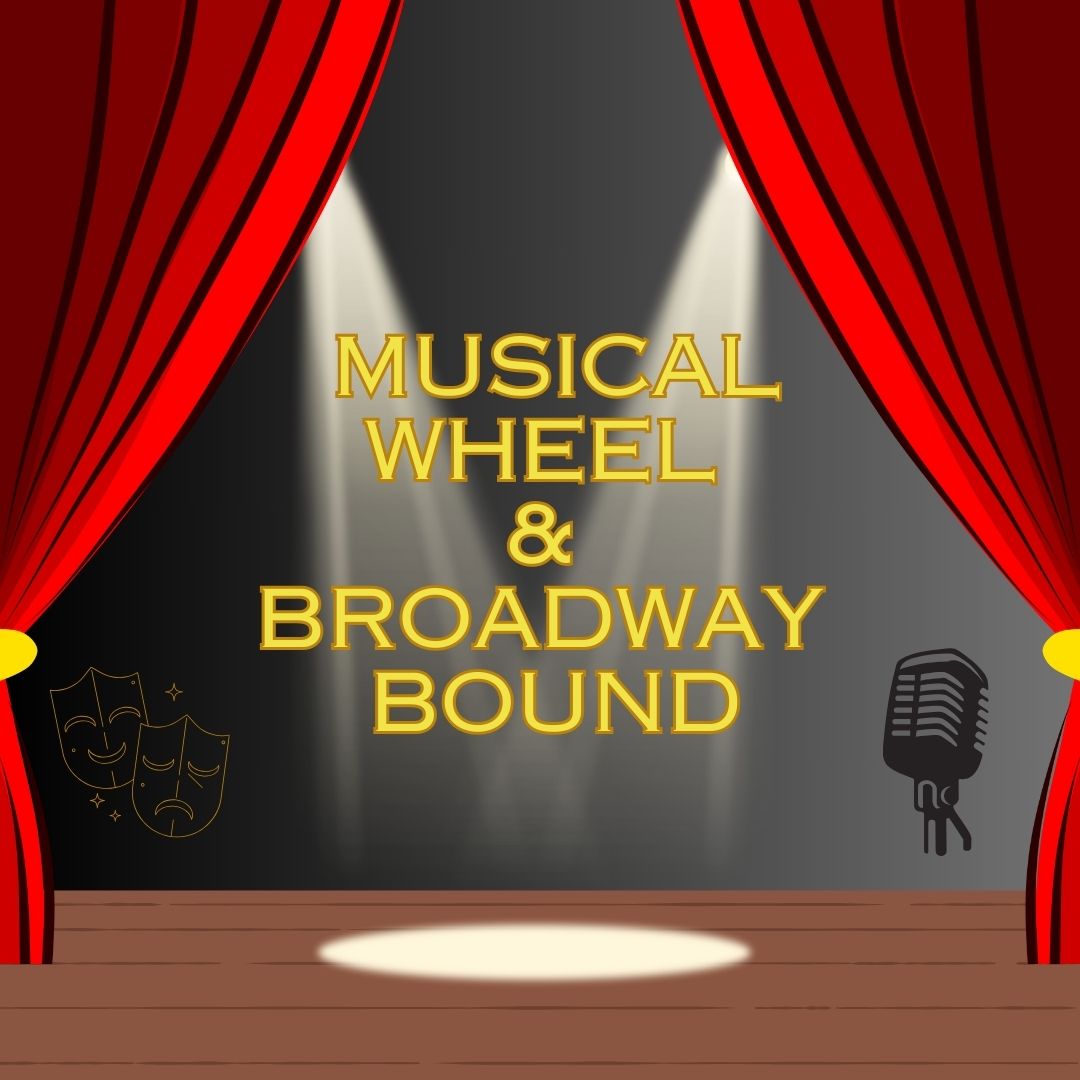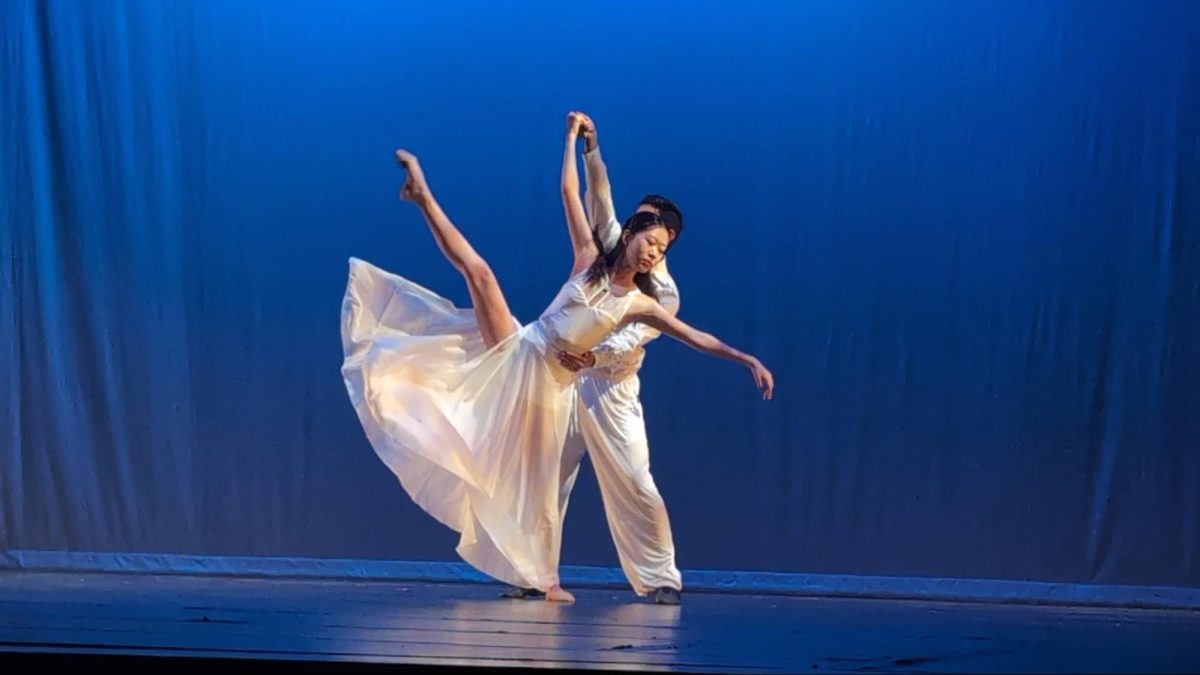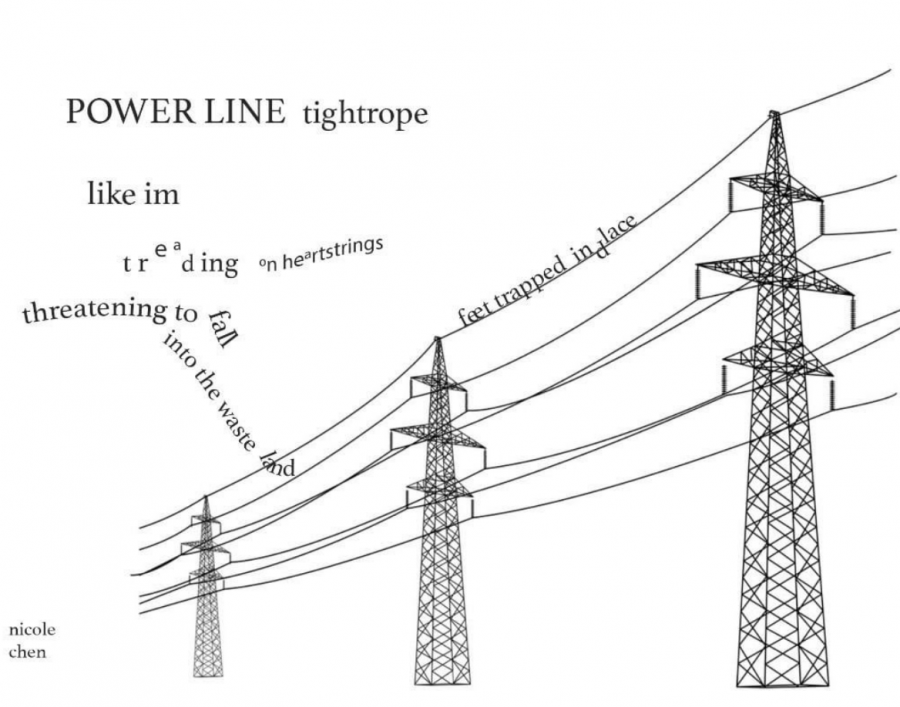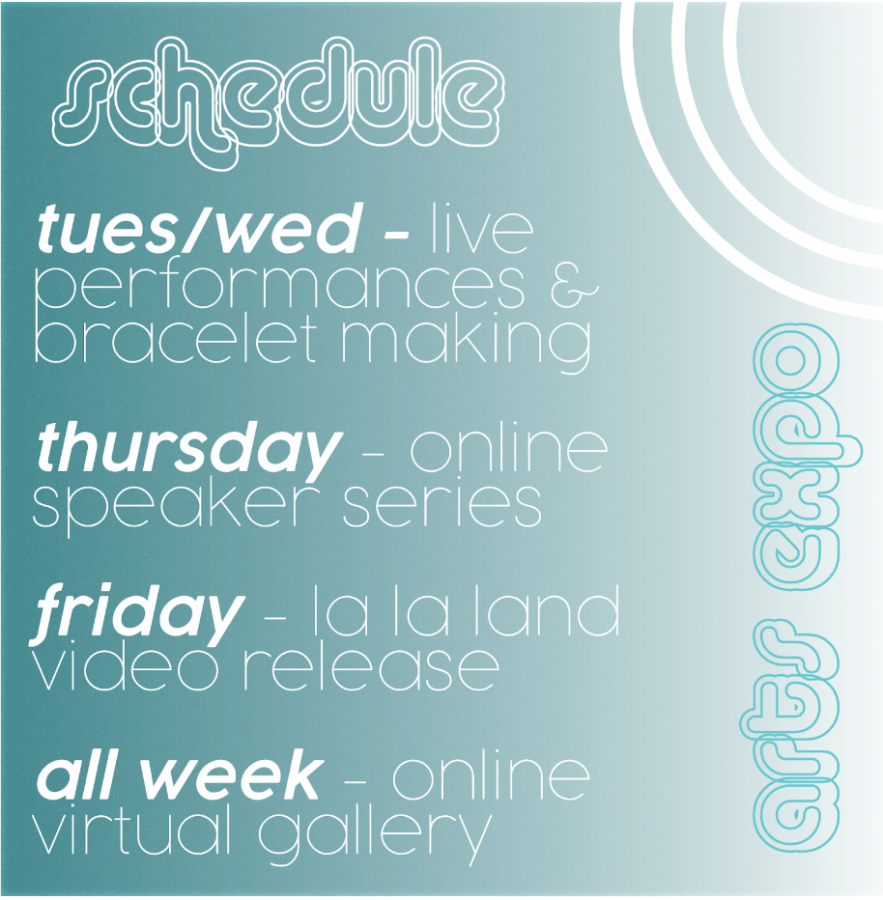(This article focuses on the gender imbalances in theater, choir, and dance. Part 2 will discuss the gender imbalance in instrumental music.)
In our society, expressing oneself through emotion is often associated with femininity (and, by association, homosexuality). Therefore, certain performing arts—particularly theater, choir and dance—are often incorrectly seen as effeminate, automatically labeling males in the arts (again, incorrectly) as homosexual.
Ms. Ranae Bettger (Visual and Performing Arts Dept.), the drama teacher at UHS, said, “I think [people] associate all arts with emotional expression, and in turn, they associate emoting with femininity, men who emote with being effeminate and thus the misconception of homosexuality.”
This type of stigma is seen through the difference in enrollment at University High School (UHS).
Alex Kramer (Sr.), president of the Drama Club and ASB Fine Arts Liaison, said, “In theater and choir, especially in high school, we never have enough boys. There is a huge stigma associated with being a boy in the performing arts, and that dissuades boys from joining us. Typically, people say it’s feminine.”
“Since the arts are viewed as feminine, men are afraid that they will be judged when they are involved in arts. Since masculinity is viewed as superior to femininity, men are especially inferior when they fail to be masculine,” said Ryan Nicholson (Jr.).
There are considerably more girls than boys enrolled in most of the performing arts classes at UHS: Dance Tech 1 has only 3 boys and 76 girls while Dance Tech 2 and Dance Company are all female. UHS Choir has 62 girls and 35 boys, and Drama 1 has 25 girls and 13 boys (other, higher level classes are more even: according to Ms. Bettger, Advanced Drama is 60:40, Technical Theater is 70:30, and Advanced Theater Production is 50:50). Although enrollment does not necessarily reflect interest, especially at a highly academically focused school like UHS, this data illustrates how female-heavy these performing arts are.
However, gender in itself guarantees no natural inclinations towards certain subjects; if it did, there would be no explanation as to why the ratios in the high school arts are different from those in professional arts. Professional choir and dance are both female dominant, but theater is largely male dominant due to the lack of female roles. These imbalances spring from historical roots and have shifted with the social norms over the course of America’s history.
Dance was largely male-dominated until the 1800s, when Romanticism and the invention of “points” ushered in an age in which women became ballet’s new stars. Since then, ballet has been identified as “women’s stuff,” and men had begun to leave the dance world, practically disappearing by the end of the century. Although the effeminacy of dance used to be associated with the aristocratic world of luxury, ideas began to shift. A man who used his body to portray emotion – at a time when men were expected to be the more rational sex – was now considered homosexual. Leisure sports, on the other hand, became popular among men during this time.
Choir used to be male-dominant in colonial America when men led public singing services. However, the presence of women in choral singing grew over the years as women participated more in music during the nineteenth century. Choral singing gained a feminine association in a similar fashion to dance’s feminization. Again, men turned to leisure sports as a more appropriate and masculine activity.
Theater has been and is still largely male dominant at the professional level. This dominance is mostly because there are significantly more male parts: out of Shakespeare’s 981 characters, only 155 are female. Furthermore, female characters have fewer speaking lines since only 13% of Shakespeare’s characters who have more than 500 lines are female. Although the gender imbalance in modern plays may be less extreme, women playwrights are still a small minority. Only 17% of the plays produced in the United States and the United Kingdom are written by women. Of these plays, women on average wrote 49% of their characters for women while men wrote 37%.
“When you get to higher levels of performance, the dynamic shifts,” said Kramer. “Most shows have more male leads than female (as many early dramatists were male and had a greater capacity for writing strong male characters). I just auditioned for Carnegie Mellon. They only accept 12 people a year, 5 girls, 7 boys.”
So why are there still fewer boys involved in the arts during high school?
The environment in which students were raised as young children may influence their decisions in choosing their extracurriculars in high school. Sami Lodi (Sr.), ASB Fine Arts Liaison, said, “Male leagues for sports are way more popular, so from a young age, men are more exposed to athletes than performers. Your average little boy is going to see way more basketball games than musicals.”
Ms. Bettger said, “I think the lack of theatre and dance at the elementary and middle schools in IUSD sways the data. When males transition through puberty, they fight many gender stereotypes. If they do not have experiences in the arts prior to this age, I feel they rely on society’s biases to inform their personal choices. In Capistrano Unified, where I taught ten years, they had middle school theatre arts, and I almost always had more boys than girls in the program as the arts appealed to their desire to express energy physically.”
Then what are these biases of society that influence high school males’ decisions? It seems to be the misconception that the arts are feminine and therefore homosexual. However, this connection of femininity and homosexuality is inaccurate.
“It is literally ridiculous illogic to suggest that someone’s preferences for sexual activities bear any hard relation to his or her proclivities regarding fashion, music, art or any other expressive preference,” said Mr. Michael Granger (English Dept.). “Femininity is comprised of a set of attributes and behaviors we associate with being a woman or being womanly. Homosexuality is a preference for sexual activity with persons of the same gender. The two bear no relationship to one another.”
“People think it’s girly to sing and dance and act. But if you try doing all three at once, all you’ll find is that it’s difficult,” said Kramer. “Going on stage takes enormous amounts of confidence and emotional maturity.”
Emotion in the arts is often considered effeminate and perhaps frowned upon in our society. Jay Shim (Sr.) said, “The arts are a way of expressing yourself through an exposed medium. Today’s society creates an environment where it is difficult and even looked down upon to truly express yourself. So, people in the arts who openly put themselves out there are wrongly characterized as gay because of the common misconception that homosexual people are ‘out there’ and aren’t afraid to express how they are.”
“Gay individuals are associated with [femininity] only in our contemporary world,” said Mr. Granger. “In other societies, there’s no feminine stigma.” According to Mr. Granger, in ancient Roman armies, homosexuality or homoeroticism was often seen to improve bravery in the military. In modern societies, Greece does not have a feminine stigma.
When asked whether or not the stereotype that men in theater are gay is true, Kramer said, “Yes and no. Yes– there are lots of gay guys in theater. But theater is a super welcoming community. I honestly don’t think the percentage of gay guys to straight guys is higher than in normal society. I think the percentage of guys that are out of the closet or comfortable and open about their sexuality is higher in theater.”
“Gay guys aren’t just in arts,” said Katie Fukuda (So.). “Your sexuality doesn’t define your hobbies.”
“I know a few guys who have come into theater expecting that all we do is read Shakespeare and that everyone is gay, and hey, some of us love Shakespeare and some of us are gay, but that’s just a small part of who we are, and it’s only the guys who are brave enough to not worry about being labeled as ‘not masculine’ for being involved in drama that get to be a part of all the wonderful experiences we make as a group,” said Yamini Nambimadom (So.).
While the gender imbalance is still apparent, male participation in theater and choir has risen at UHS despite these stigmas, according to various members of choir and theater.
Kevin Ho (So.) said, “There has been a huge growth in guy numbers not only in theater and drama, but even choir. Choir this year has the most guys ever. For the first time, there are too many quality male voices to be placed in Madrigals that we now have to put them in chorale. We have a strong guy section, and I would say one of the best guy sections.”
Furthermore, young playwrights in their 20s and 30s seem to have better gender equality. Eventually, society may reach a 50-50 balance among directors and writers in theater.
Although dance is still quite imbalanced at UHS, perhaps these signs signal a change for greater gender equality in these arts as a whole. As a society, we may begin to discard misconceptions about gender and sexuality, welcoming in greater gender balance.
By ELYSIA OUYANG
Staff Writer
Gender imbalances in the performing arts (part 1 of 2)
April 11, 2014
Story continues below advertisement
Donate to Sword & Shield
$180
$1000
Contributed
Our Goal
Your donation will support the student journalists of University High School. Your contribution will allow us to purchase equipment and cover our annual website hosting costs.














Sarah S. • May 2, 2014 at 4:42 am
Great job, Elysia 🙂